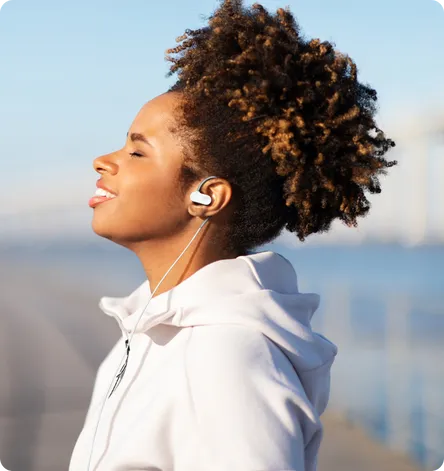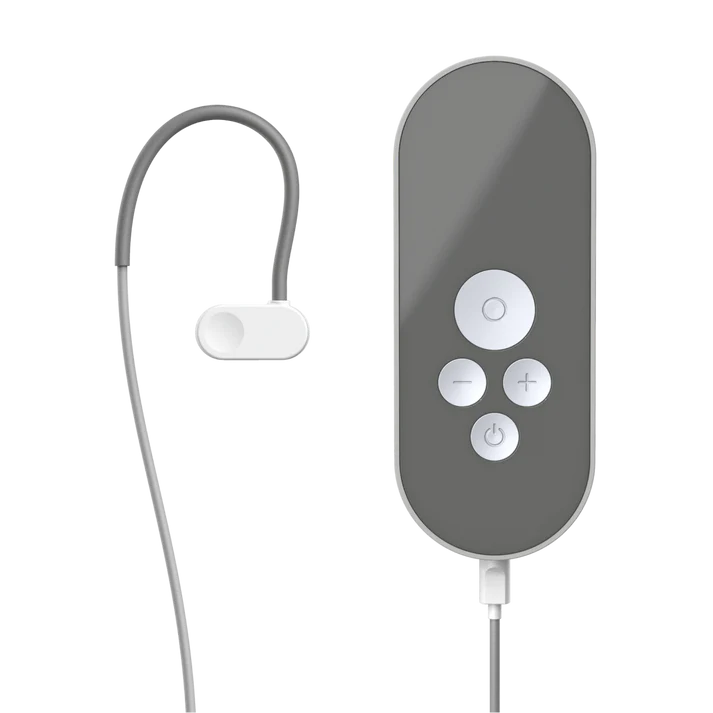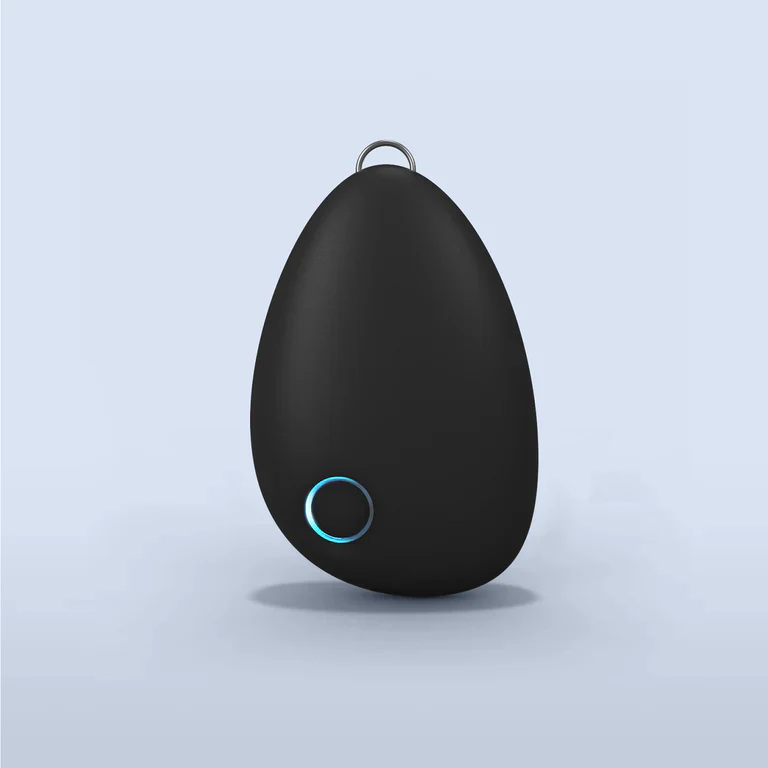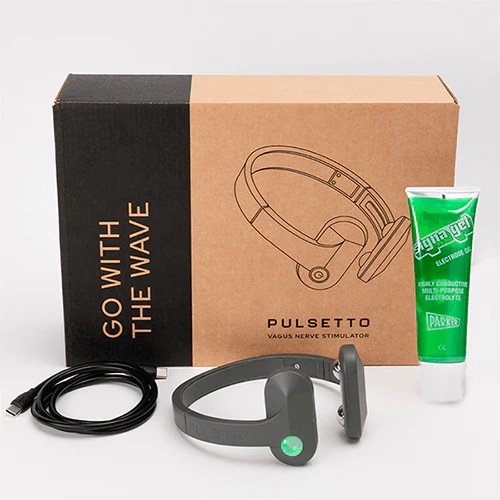Millions worldwide experience the dizziness, fatigue, and daily limitations of Postural Orthostatic Tachycardia Syndrome (orthostatic intolerance). Here’s what you need to know — and how new science is changing the outlook.

What is Orthostatic Intolerance?
Orthostatic intolerance is a condition affecting the autonomic nervous system—the part of the body responsible for regulating heart rate, blood pressure, digestion, and other automatic functions.
When someone with orthostatic intolerance stands up, their body struggles to maintain proper blood flow and heart rate regulation.
This can cause the heart rate to increase excessively (often 30+ beats per minute within minutes of standing), along with a wide range of symptoms affecting daily function.
Symptoms & Daily Impact
The experience of orthostatic intolerance varies from person to person, but the most common symptoms include:
- Lightheadedness and dizziness when standing
- Rapid heartbeat
- Chronic tiredness and low energy
- Brain fog and difficulty concentrating
- Nausea or digestive issues
- Exercise intolerance and worsening symptoms after minimal activity
- Panic-like sensations caused by nervous system imbalance
For many, these symptoms make normal daily activities difficult — climbing stairs, working full shifts, exercising, or even standing in line can trigger discomfort. Over time, this can impact independence, career, and quality of life.

Why Does It Happen?
Orthostatic intolerance is considered a dysautonomia — a dysfunction of the autonomic nervous system. Instead of smoothly adjusting blood flow and heart rate when standing, the system overreacts.
Some of the proposed underlying mechanisms include:
- Blood pooling in the lower body when upright
- Nervous system hypersensitivity or poor signaling
- Reduced blood volume or circulating plasma
- Hormonal and inflammatory imbalances
While the exact causes differ, the result is the same: the body struggles to maintain balance when upright, leading to the cascade of symptoms orthostatic intolerance users know so well.
Current Approaches to Managing Orthostatic Intolerance
Today, individuals with orthostatic intolerance often explore various lifestyle strategies, such as:
- Increasing fluid and salt intake to support blood volume
- Compression garments to reduce blood pooling in the legs
- Gradual reconditioning and exercise programs
- Careful management of environmental triggers
These approaches can provide meaningful support for some individuals—but many still find themselves searching for additional tools to help manage their symptoms and improve their quality of life.

VNS Devices as a Solution
In recent years, researchers have turned their attention to the vagus nerve — the body’s largest cranial nerve, deeply involved in regulating heart rate, blood pressure, digestion, and inflammation.
Studies suggest that gentle stimulation of the vagus nerve may help support autonomic balance, potentially addressing one of the root dysfunctions in orthostatic intolerance.
Non-invasive vagus nerve stimulation (tVNS) is now available through ear-worn devices. These devices use small, comfortable electrodes to deliver mild stimulation, which can be used at home during daily activities.
While results vary, early evidence indicates that VNS may:
- Help regulate heart rate and circulation
- Reduce fatigue and brain fog
- Improve recovery and daily energy
- Support nervous system resilience over time
Scientific Validation & Safety
VNS is a non-invasive technology studied across a wide range of autonomic and neurological conditions. It has been evaluated in university and hospital research settings, with encouraging safety and tolerability profiles.
Importantly, VNS is:
- Non-pharmaceutical (no drug side effects)
- Non-invasive (worn on the ear, no surgery required)
- Generally well-tolerated (gentle tingling sensation)
As with any device, it’s important to consult your healthcare provider before starting use, especially if you have existing conditions or implanted devices.
Getting Started
For people living with orthostatic intolerance, the search for solutions can feel endless. VNS offers a new, science-backed option designed to support your body’s natural ability to regulate itself.
Ready to learn more?
The 4 Leading “Vagus Nerve” Devices — What Actually Works (and What Doesn’t)
Not all “vagus nerve” devices are created equal. The right choice comes down to three non-negotiables:
- Scientific validation on the specific device (not generic VNS claims),
- Safe, precise targeting of the vagus nerve, and
- Real-world usability you can sustain daily—without surprise costs.
Below is a scientific, no-nonsense comparison so you can choose confidently.
1) Nurosym™ — Scientific Precision You Can Use at Home

Verdict: Our Top Pick for Nervous System Rehabilitation
Why it leads
- CE-certified device with 50+ scientific studies and 0 serious adverse events reported in studies to date.
- Auricular vagal neuromodulation (AVNT) at the left ear tragus: a selective, sensory-afferent route linked to parasympathetic activation and immune modulation (the “cholinergic anti-inflammatory pathway”).
- Placebo-controlled data showing rapid increases in parasympathetic activity and improvements in outcomes (anxious thoughts, sleep, fatigue, HRV) across studied populations.
- Built for consistency: comfortable ear electrode, no gel, no app required, long battery life, and no subscription.
- Transparent science and research partnerships in post-viral fatigue/Long COVID, autonomic dysfunction, and mood-related outcomes.
What to know
- Professional-grade hardware with a higher upfront cost than wellness gadgets (but typically far lower 3–5-year total cost than prescription-based systems).
- Like any neuromodulation, results scale with daily use (think 30 minutes).
2) gammaCore® — Proven for Headache; Costly for Daily Rehab

Verdict: Solid for Cluster Headaches; Not Optimized for Full Autonomic Rehab
Strengths
- Prescription, FDA-cleared for cluster headache (neck placement).
- Multiple studies in pain indications; some users report fast relief windows.
Trade-offs
- Cervical (neck) stimulation is harder to target precisely; placement sensitive; potential for more intense sensations.
- Access + cost: prescription required; preloaded session model means recurring payments—long-term costs can stack into the thousands.
- Primary evidence base = headache; limited data for post-viral/autonomic rehab versus auricular approaches.
3) Sensate® — Relaxation Gadget, Not a Vagus Nerve Stimulator

Verdict: Pleasant for Stress Relief; Not a Scientific VNS
Strengths
- CE-marked for wellness; vibration + audio can feel soothing.
- Simple, low perceived risk for general relaxation.
Trade-offs
- No electrical stimulation of the vagus nerve; no peer-reviewed scientific proof of vagal activation or autonomic/inflammatory outcomes.
- Best considered a supplementary relaxation tool, not an autonomic rehabilitation device.
4) Pulsetto® — Consumer Neck Gadget with Unproven Claims

Verdict: Not Recommended for Therapeutic VNS
Strengths
- App-guided programs; consumer-friendly positioning.
Trade-offs
- No peer-reviewed device-specific scientific studies confirming vagus activation, safety, or efficacy.
- Neck stimulation without robust validation raises targeting and safety concerns; reports of unpleasant effects appear in public forums.
- Subscriptions/ongoing app costs increase long-term price without corresponding scientific validation.
Why Nurosym™ Emerges as the Smart Choice
Targeting & Safety:
Nurosym’s ear-based, sensory-afferent pathway (auricular branch) is designed to activate central parasympathetic circuits while avoiding the motor afferents and off-target structures that make neck stimulation more complex. This is precisely why ear-based approaches are widely viewed as safer and more selective for home use.
Evidence That Matters:
Many products borrow generic VNS science that doesn’t apply to their device, location, or signal. Nurosym’s claims are supported by device-specific, placebo-controlled studies—not just theory.
Total Cost of Ownership:
Nurosym is a one-time purchase (no prescription, no refills, no mandatory app). Over 3–5 years of daily use, it’s often the lowest total cost among scientifically validated options.
Consistency Without Friction:
Daily neuromodulation only works if you can actually stick with it. Nurosym’s earbud-like form factor, no gel, month-long battery, and no app dependency remove the biggest compliance barriers.
Note: Individual results vary, and no device is currently an FDA-approved or universally recognized treatment for prolonged COVID. Consultation with a healthcare provider is recommended before starting any device-based therapy.
Want to explore whether VNS could support your prolonged COVID recovery?
Learn more about Nurosym and see if it’s available in your region.
FAQ
Q: Is VNS a cure for orthostatic intolerance?
No — orthostatic intolerance is a complex condition with multiple causes. VNS is designed to support autonomic function and may help with symptom management.
Q: How soon might I notice changes?
Some users report improvements in energy and clarity within 2–4 weeks of consistent use. Results vary.
Q: What does it feel like?
Most describe a mild, comfortable tingling in the ear. The intensity can be adjusted to preference.
Q: Is it safe?
tVNS is generally well-tolerated. Do not use with implanted electronic devices. Consult your health professional before starting.
See how Nurosym helps restore balance to the nervous system
Designed and scientifically tested in Europe, Nurosym™ delivers gentle, non-invasive stimulation to the vagus nerve — helping the body regain calm, improve autonomic balance, and ease symptoms associated with chronic stress and nervous system dysregulation.
Thousands of users and multiple university-led studies suggest that this simple device may help the body self-regulate more effectively — supporting better sleep, steadier energy, and reduced pain sensitivity.
Disclaimer: These statements have not been evaluated by the FDA. Nurosym™ is a non-invasive wearable system designed to help support autonomic balance. It is not intended to diagnose, treat, cure, or prevent any disease. Results vary. This information is not a substitute for medical advice. Always consult a qualified health professional if you have concerns or medical conditions.
Share via:


